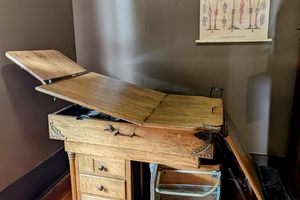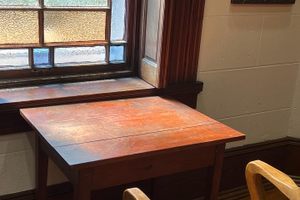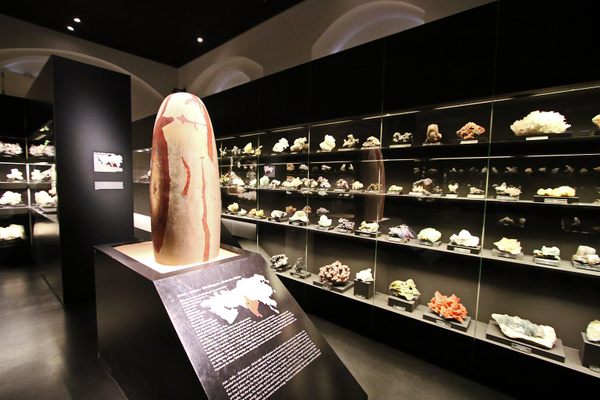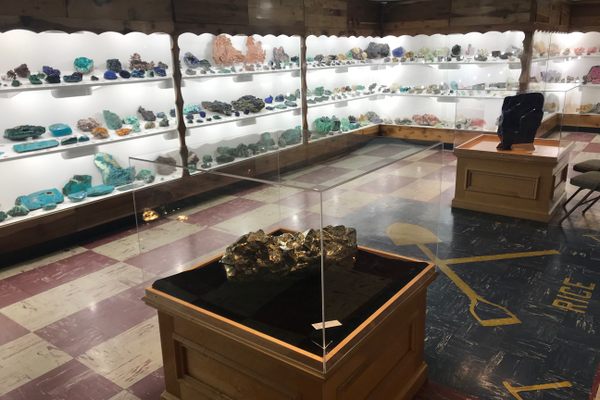About
Two decades had passed since the end of the Civil War, but the town of Elberton still felt strongly about its Confederate identity. They wanted a monument to honor those who had died during the failed rebellion. Granite is abundant in the area and was chosen to wholly represent the place. Local sculptor Arthur Beter was honored to be commissioned for the project and toiled away in private for months. The statue’s unveiling in 1898 was a highly attended affair. The soldier, which stood almost eight feet tall, was Elberton Granite Association’s first decorative work. Beter, beaming with pride, pulled the tarp from his sculpture. Everyone gasped.
Elberton, Georgia, is the unofficial "Granite Capital of the World.” The town takes great pride in the stonework that’s been produced by the Elberton Granite Association since 1889. It was the area’s first commercial rock quarry and ushered a new era for a city that had previously relied on agriculture. Granite is abundant throughout Elbert County and the local economy has been flush with rock money ever since.
By 1898 the people of Elberton were distraught over lacking a monument to their participation in the war. Elberton Granite called upon an Italian immigrant who, according to legend, had never seen a Confederate soldier. The unveiling caused such outrage that Arthur Beter was run out of town. The statue’s cartoonish face and bulbous eyes were not quite what they had in mind. Not to mention the squatty soldier seemed to be wearing Union clothes. Locals nicknamed him “Dutchy” because he looked like a Pennsylvania Dutchman crossed with a hippopotamus.
The statue remained in the city square for two years until August 14, 1900, when a group of men who’d had enough tore the thing down and buried it right where it fell (it did weigh 3,000 pounds). The people of Elberton rejoiced and eventually, a more accurate looking soldier took Dutchy’s place. The Elbert County Newspaper noted: “No more will he frighten animals and cause them to run away; no more will he stand as a sentinel of the Confederate cause, and no more will the public have a chance to make fun of his manly bearing.”
Eighty years later, in 1982, the Elberton Granite Association, now the largest granite company in America and the makers of such eternal monuments as the Georgia Guidestones. Looking to honor its history in its new granite museum, the company dug up the statue and ran it through a local car wash to get off the excess dirt. Dutchy, who has remained in surprisingly great shape, was placed in the museum alongside collections of mining tools, engraved headstones, and other granite creations where he remains to this day.
The Elberton Granite Museum still stands, allowing visitors to embark on a self-guided tour of the history of granite and their town. The highlight is still Dutchy, who was the recent subject of a Travel Channel show which noted the “scorn, embarrassment, and outrage” caused by the Confederate statue. It’s a familiar sentiment.
Related Tags
Published
October 9, 2014























